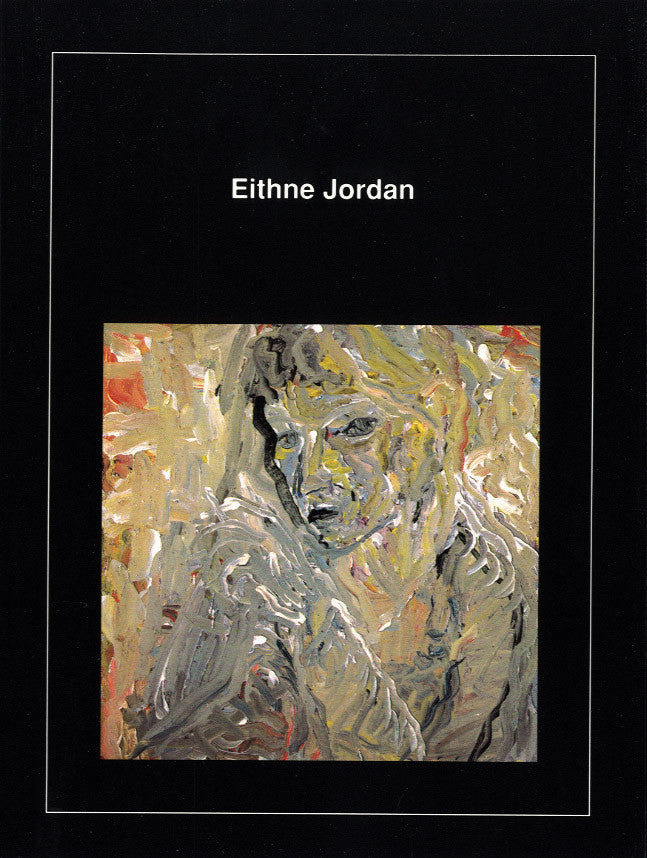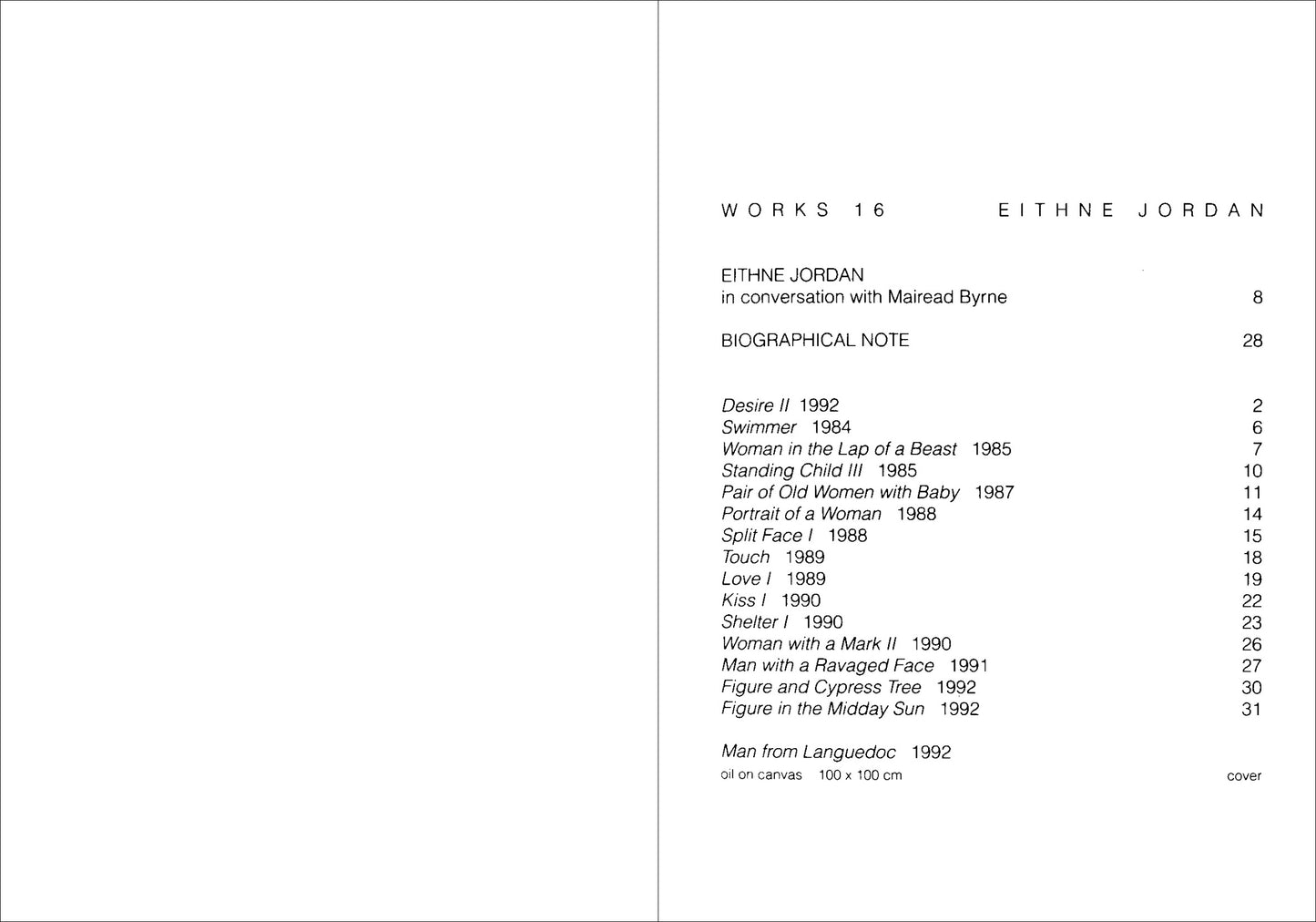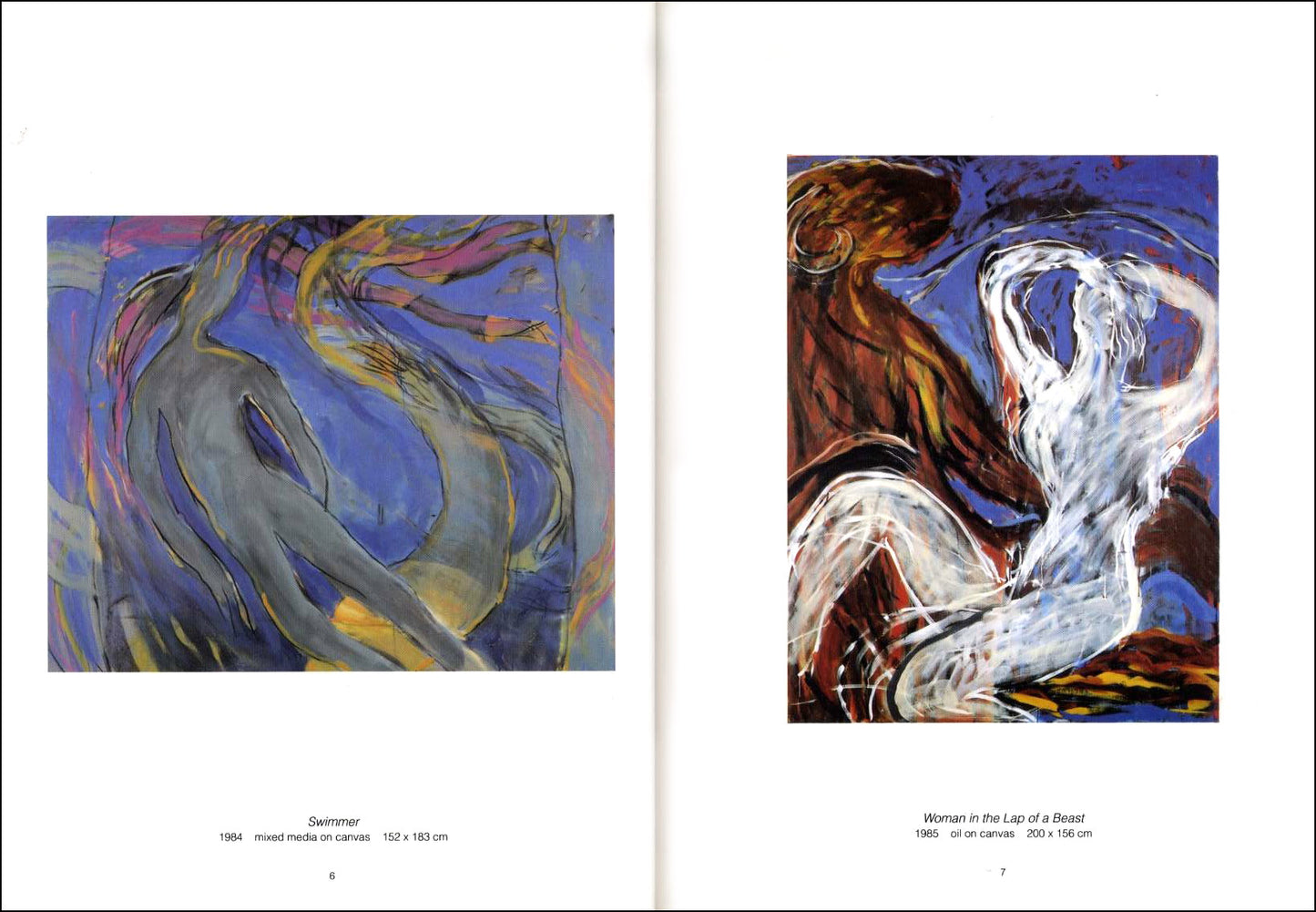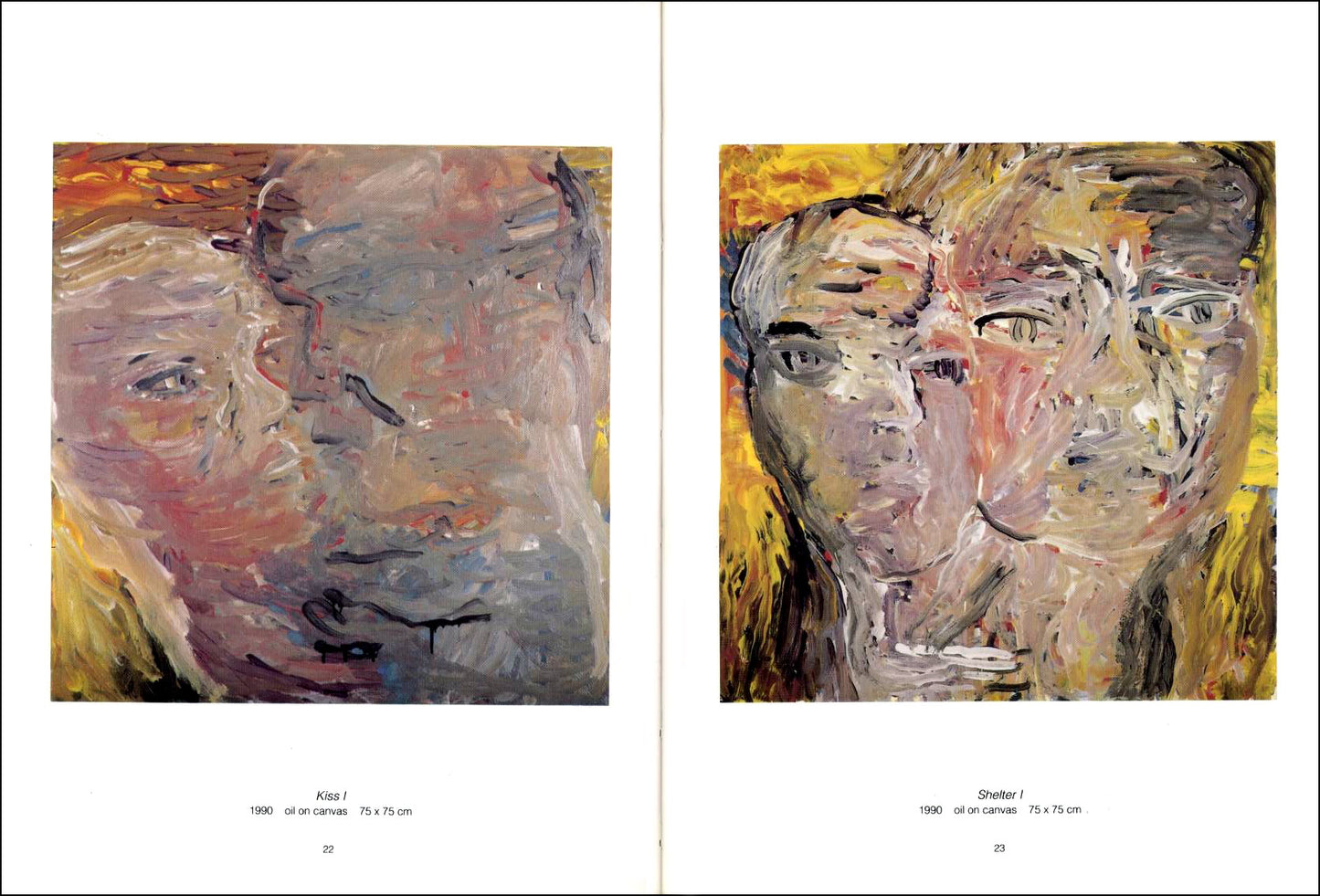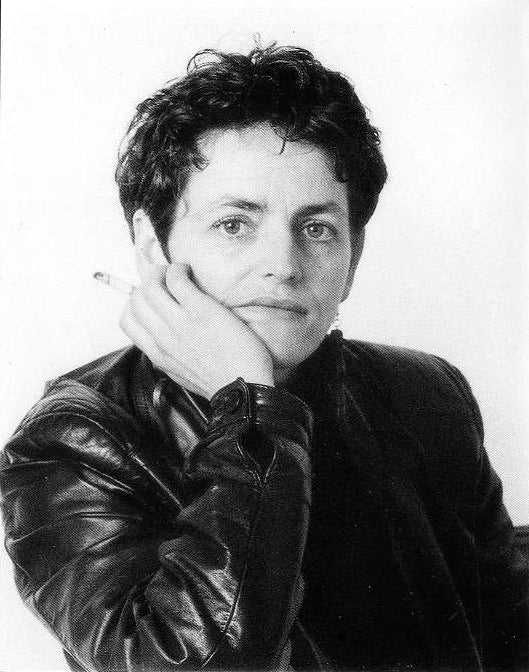Gandon Editions
Works °16 — EITHNE JORDAN
Works °16 — EITHNE JORDAN
Couldn't load pickup availability
Share
interview by Mairead Byrne
ISBN 978 0946641 420 32 pages (paperback) 20x15cm 17 illus
Many influences have touched Eithne Jordan’s work. Since her emotionally charged early paintings, Jordan’s work has become more concerned with exploring the traditions of painting. Here she talks about her move from abstract to figurative work, her preference for oil paints, the use of myth and literature in her paintings, and explains the origin of some of the central themes which occur regularly in her work.
EXTRACT
I am always very nervous that people see my work as being autobiographical. They will immediately try to speculate about what events might be happening to explain why you’re doing certain types of painting. But I suppose nothing can be done about it. If you’re working, say, as an expressionist painter of some kind, and you’re using images that are human, you’re going to be inevitably asked if this is your life. And I’m very uncomfortable with that. You have to allow art to be art. Art isn’t just writing your autobiography – it has to be more than that. Although you might be using the experiences of your life in your work, that is always just a fraction of the reality of the painting. The painting should always become something completely independent. Obviously, the Mother and Child paintings stem from being a mother and having a child. But at the same time, one can’t say that they are portraits of me or portraits of my son, Timothy. That’s the kind of thing that I mean.
— Eithne Jordan in conversation
|
CONTENTS EITHNE JORDAN in conversation with Mairead Byrne COLOUR PLATES Man from Languedoc 1992 Artist’s Biography |
